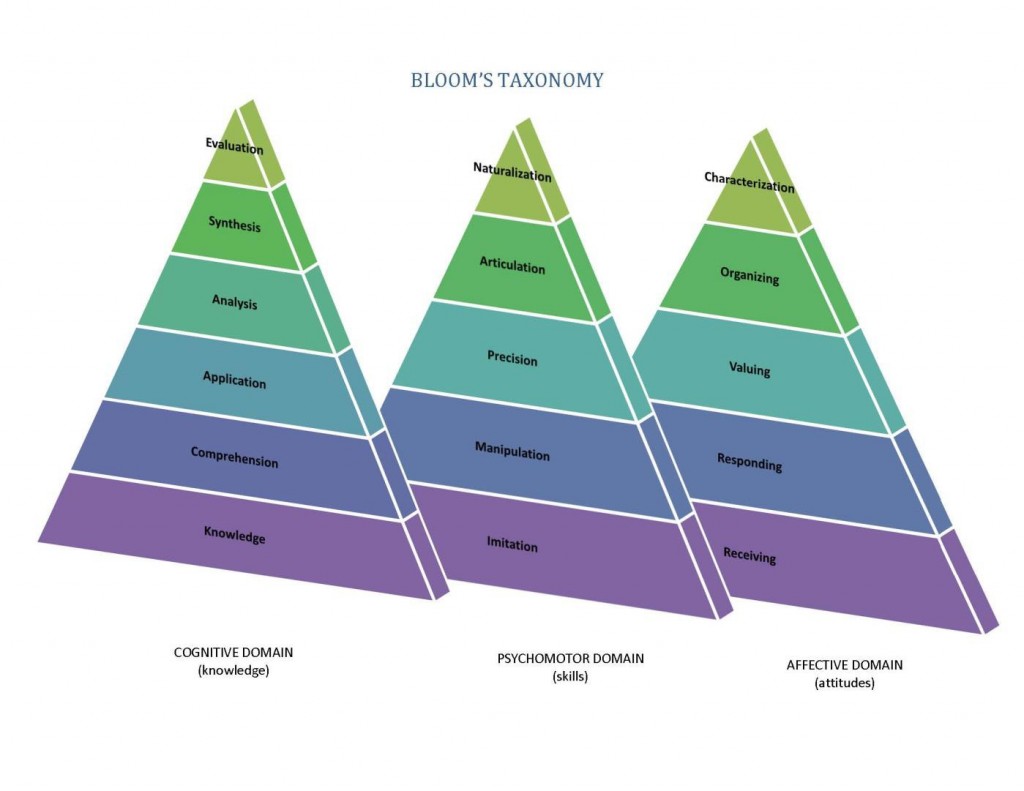Writing Learning Outcomes
Learning outcomes convey what students are able to do at the end of a course or program. Learn about the three types of outcomes at Georgian.
Types of learning outcomes
Learning outcomes convey what students are able to do at the end of a course or program. At Georgian, we have three types of outcomes:
- Program learning outcomes (PLOs) indicate what graduates are able to do upon successful completion of a program. All Georgian programs have PLOs.
- Vocational learning outcomes (VLOs) are program learning outcomes in Ontario College Certificate, Ontario College Diploma, Ontario College Advanced Diploma, and Ontario College Graduate Certificate programs. VLOs describe what graduates are able to do in the workplace, and should be written to describe what an employer might ask a worker to do.
- Course learning outcomes (CLOs) indicate what students will be able to do upon completion of the course and can be vocational or non-vocational.
All learning outcomes must be observable, realistic, measurable, and obtainable. The challenge in writing them is to use the words that most closely convey the expected outcomes.
Georgian College PLOs, VLOs, and CLOs are introduced with similar stems that state the graduate or student “will have reliably demonstrated the ability to…” Consequently, learning outcomes need to start with observable action verbs (reflecting knowledge, skills or attitudes) at the appropriate level (credential, semester, or course sequence), followed by the context of performance and criteria for measuring that performance.
Consider the following examples:
- appreciate the principles of continuous quality improvement in the workplace.
- apply the principles of continuous quality improvement to processes and deliverables in a workplace setting.
The first example is a weak outcome. It uses a vague verb that is difficult to measure. The context tells us that this relates to continuous quality improvement (CQI), but lacks a specific criteria, making the outcome too broad to determine whether or not a graduate has been successful.
The second example is much stronger learning outcome. It uses a concrete, measurable verb and provides a specific context for the outcome: the graduate will apply principles of quality improvement. The criteria is also included and provides clarity for how this outcome will be measured: those quality improvement principles are to be applied to processes and deliverables in the workplace setting.
Remember: learning outcomes = college stem + appropriate verb + context + criteria
Outcome Verbs and Bloom’s Taxonomy
When choosing verbs for learning outcomes, it is important to consider that they may be used in a higher or lower order depending on the context of the course. One of the easiest ways of doing this is by using Bloom’s taxonomy, a widely recognized learning theory in post-secondary education.
Bloom’s Taxonomy uses a pyramid to express the higher order or level of expertise required to achieve each measurable student outcome. It is useful in writing learning outcomes and in program and course design because the different levels can help demonstrate how learners should move through the process of learning from the most fundamental, remembering and understanding, to the more complex, evaluating and creating.
Bloom’s taxonomy is separated into three domains:
- the cognitive domain, which focuses on the intellectual skills or knowledge;
- the psychomotor domain, which focuses on the physical ability of learners to accomplish and perform movement and skills; and
- the affective domain, which focuses on the attitudes, values and appreciation of learners.

Students should develop their skills in each of the domains, as appropriate to the program of study. The Outcome Verbs List provides examples of good verbs at all of Bloom’s levels of learning in the cognitive, psychomotor, and affective domains.
Things to consider
It’s easy to lose sight of the goals when writing outcomes, so when drafting the outcomes, keep the following questions in mind:
- Does the outcome reflect the level of the credential? For example, is the course a certificate, diploma or degree?
- If the credential is a diploma or certificate, are the program learning outcomes vocational (a reflection of what graduates will do on the job)?
- Is the learner a novice or an expert? For example, is the course in the first semester or in the final semester?
- If the course has a prerequisite, do the learning outcomes reflect more advanced understanding of the material?
- Does the outcome reflect meaningful learning?
- Are the outcomes too vague? Can you measure the outcome? Is the outcome too specific?
Refer to the Office of Academic Quality for support in writing Program and Course Learning Outcomes.